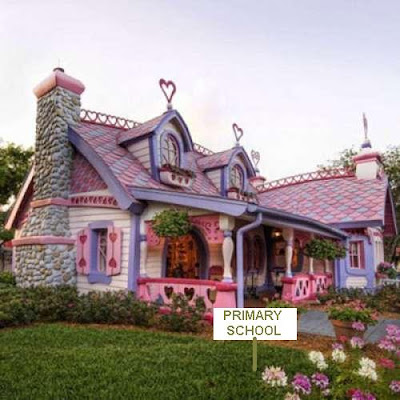Some Thoughts

T he first ten years of a human life are the most influential ones in shaping character. Utmost care is therefore required in providing the best possible education to a child at the youngest age. One may wonder what the best age is to begin in an elementary school for an average child. Although, there is no uniform consensus on this, my own experience suggests that an age between five and six is the right age to begin education at grade 1 level. Thereby a child will be about eighteen years old when he has finished twelve years of primary, middle and high school education. He or she would then be an adult and ready to enter university. That appears to be the right practice because then a person is ready to move out of a closely supervised school education as a minor to a university where greater freedom is available and necessary for intellectual development as an adult. It is appropriate that a child be provided at the most one year of preschool education beginning at an age bet...

